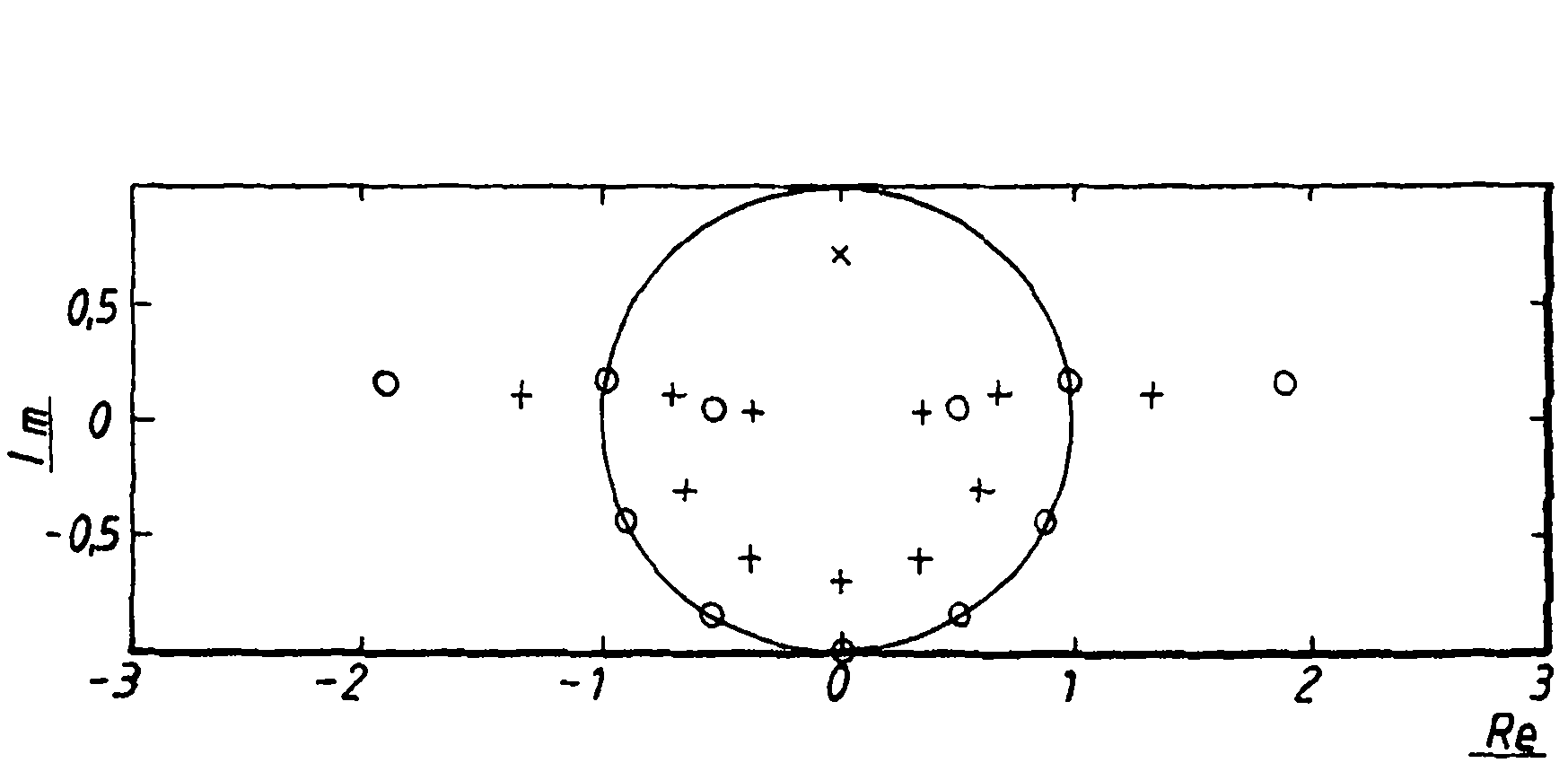A method for interference rejection
A pole, weighted technique applied to electrical components, antennas, etc.
- Summary
- Abstract
- Description
- Claims
- Application Information
AI Technical Summary
Problems solved by technology
Method used
Image
Examples
Embodiment Construction
[0019] In general, an alternative model for interfering signals from scatterers is the source of power in the angular spectrum. The source can be modeled by introducing a pole model in the angular domain. From a system function point of view, the antenna array can be represented by zeros in the complex plane. Likewise, poles can be inserted into this plane. This means that, for a single pole, the angle with respect to the real axis defines the direction, and the distance from the origin defines the extension. The essence in the pole model lies in the fact that it represents a cluster with infinitely many scatterers, yet is still modeled by one parameter.
[0020] will now refer to figure 1 , giving a more detailed description of an embodiment of the present invention.
[0021] In a certain area, a first base station 1 and a second base station 2 exist. The base stations 1,2 are arranged to communicate with mobile stations 3,4. The first base station 1 and the second base...
PUM
 Login to View More
Login to View More Abstract
Description
Claims
Application Information
 Login to View More
Login to View More - R&D
- Intellectual Property
- Life Sciences
- Materials
- Tech Scout
- Unparalleled Data Quality
- Higher Quality Content
- 60% Fewer Hallucinations
Browse by: Latest US Patents, China's latest patents, Technical Efficacy Thesaurus, Application Domain, Technology Topic, Popular Technical Reports.
© 2025 PatSnap. All rights reserved.Legal|Privacy policy|Modern Slavery Act Transparency Statement|Sitemap|About US| Contact US: help@patsnap.com



